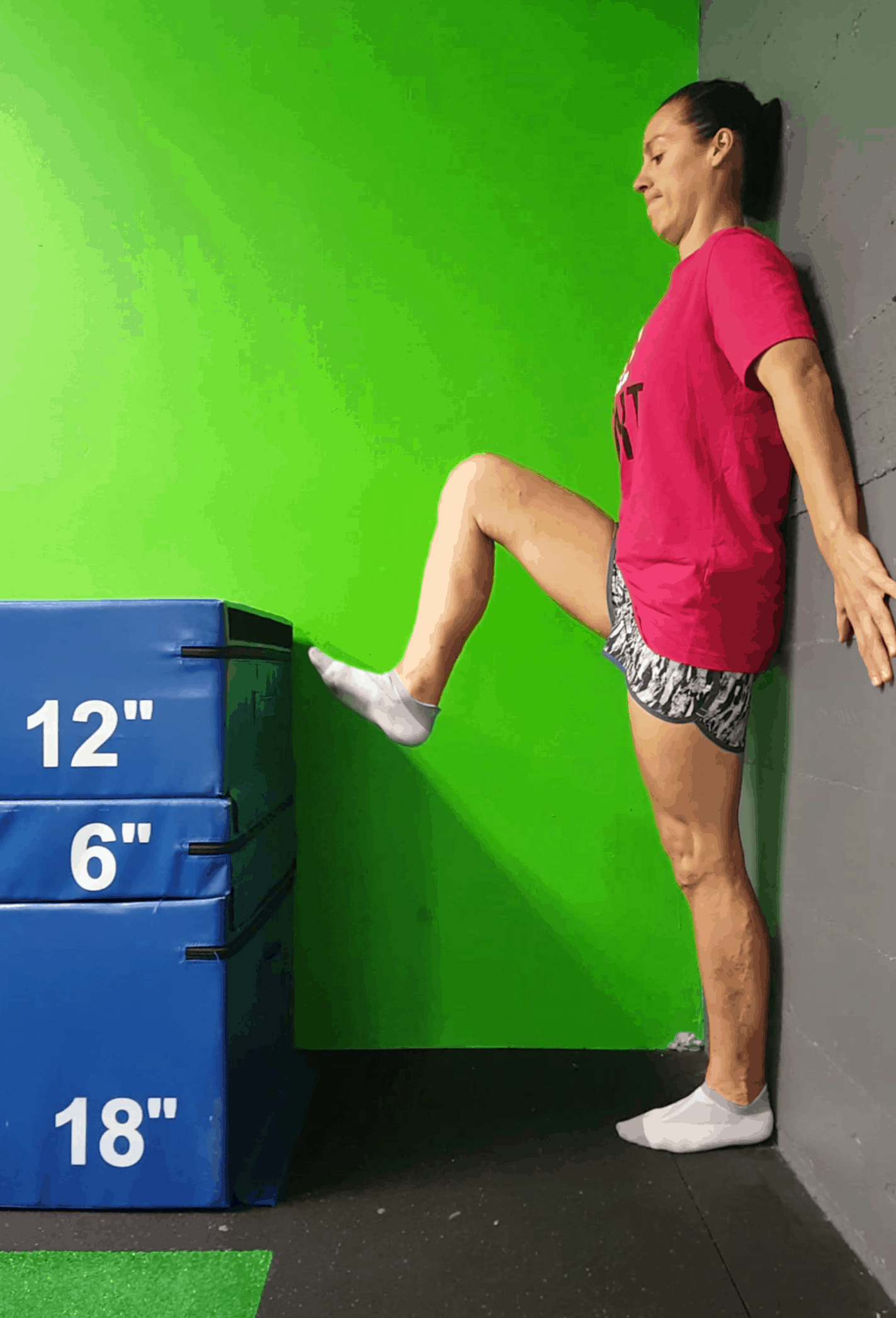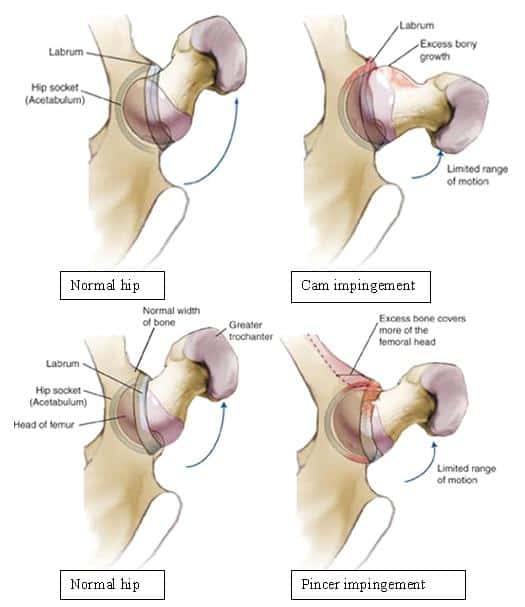
Shortening, Lengthening, and Creating Space
We tend to move in ingrained patterns, within the same degrees and utilizing the same amount of space. Thinking bigger about what a joint is capable of doing allows us to use it in ways we don’t, which often aligns with what we need. Reaching through a joint lengthens it. Shortening though a joint compresses it. Inhibiting external space calls upon room to be created internally. Though these ideas are playful and experimental, they have a therapeutic quality as well. We’re often bearing load and compressing. We rarely reach and offer the joints traction.
Charlie Weingroff’s joint centration theory states there is an ideal position for mobilizers and stabilizers to act upon a joint. Since the vast majority of us live with compensations, outside of agonist and antagonist balance, it is more likely that we are asking them to function in a less than optimal synchronicity. Since “force is the language of cells and movement is what they say”, we get impingements and deformities and wearing away of cartilage. Deliberately attempting to adjust the geography of a joint, then, seems like a viable option to both minimize pain and expand upon your kinematic senses.
Reaching pulls a joint ‘out of its socket’, and shortening ‘draws it back in’.
Arms hanging from a bar or branch function differently than arms placed overhead. There is a lengthening that takes place, a stretching that asks the tissues to perform tasks another way. Reaching and shortening before flexing, extending, and rotating offers a new menu of options to create and investigate movement. Similarly, manipulating the space in which you ask the body to move develops alternative pathways and solutions. Mindfully adding more variables to the mix provides more options to experiment with challenge and control.
Here Dewey Nielsen lengthens through his arms and dangling leg as he contracts the right hip flexors:
The long, left leg would have shortened in height (following the fascia of the right, flexed hip) had he not elongated it both before and during the contraction. Note how the knee (and hip) naturally rotate outward when reaching into space.
I found a similar rotational pattern when pushing for depth laterally through the hips:
Observations lead to more questions, and questions lead to more experiments. This is the entertaining saga of movement study, an awareness and curiosity that keeps you excited about discovering.
Performing movements in a held position of reaching or drawing in feels different. It can help exaggerate stretches and/or pinpoint relief to irritated areas, like this one did for a spot on my lower right back:
Keeping tissues elongated while adjusting neighboring tissues provides a stimulating, novel experience that keeps the user engaged throughout.
Creating Space
Confining the area in which the joints can produce movement challenges motion to be produced at different angles and in different directions. Torque becomes a marvel when you intentionally limit its kinetic chain:
Your center of mass REALLY wants to drift off of the wall during hip flexion. Extending at the knee makes the forward leverage too great for me to control. (Side experiment: I wondered if Dewey’s hanging version of this move also shifted his torso or legs forward. I used a hanging TRX to line up against my torso and free leg, acting as my ‘wall’. The TRX didn’t budge. Then I realized, hanging itself must shift your center of gravity… this is the soap opera of movement I can’t get enough of).
Take the knee flexion out of hip flexion and you’ll realize how much you rely on it:
The left, socked leg that had so much trouble completing this task was ACL repaired (hamstring graft) over a decade ago. Restricting joint action in one place or plane allocates greater demands elsewhere.
Narrowing the feet in a cossack squat requires more loaded knee rotation and lateral hip mobility to get depth. I figure out how to do this with wiggles and rotation:
One final example that attempts to put all the pieces together is the side plank leg slide:
The feet are loaded yet being asked to move. Without the knees bending the hips have to create the space. They hike upward to build enough tension in the torso to release the grounded feet to move. Sagittal plane motion is generated by fontal and transverse plane motion, with the most force being generated against gravity.
TO REVIEW:
- Observe, question, experiment, repeat. It is your right and responsibility to make up your own mind and draw your own conclusions.
- Pushing or pulling tissue in a certain direction before flexing, extending, or rotating musculature generates a different feeling of tension.
- Shortening can be described as ‘sucking a joint deeper into its socket’.
- Lengthening can be explained as ‘pushing a joint out of its socket’.
- Compensations shift joint position from centered to off-centered
- Protracting and retracting can be used to exaggerate stretches and minimize pain
- Restricting joint action in one place or plane increases the demands in another
- Limiting the space in which you move grants you the opportunity to develop new movement solutions and/or become aware of unknown constraints





